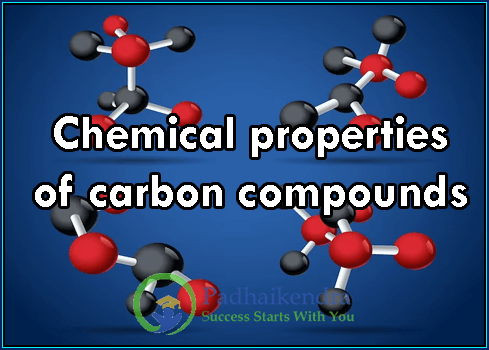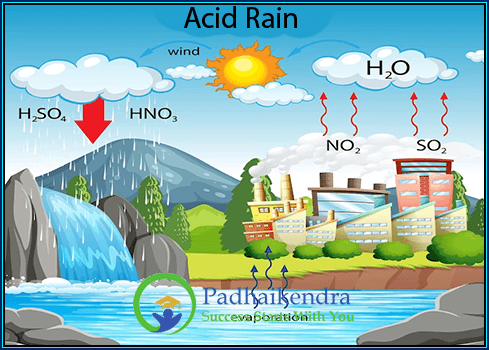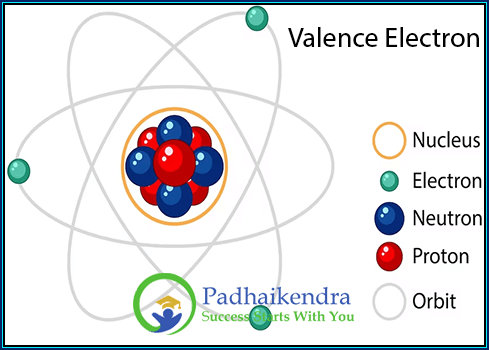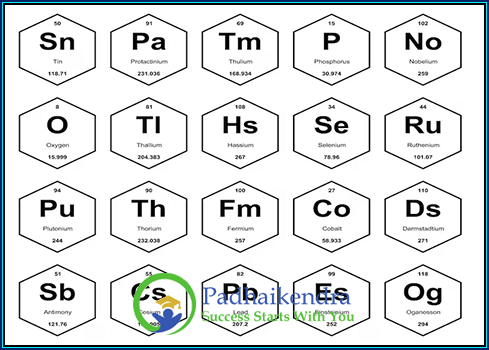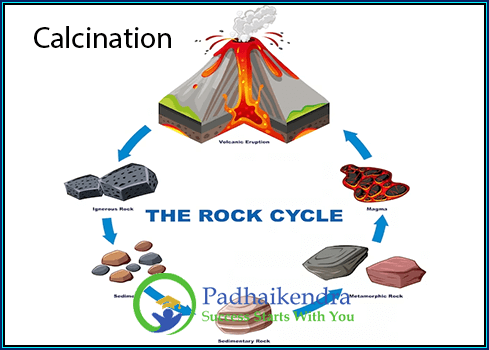Carbon compounds exhibit a wide range of chemical properties due to the unique properties of the carbon atom. Some of the important chemical properties of carbon compounds are:
Covalent Bonding
Carbon atoms can form strong covalent bonds with other carbon atoms and with other elements such as hydrogen, oxygen, nitrogen, sulfur, and halogens. The strength of these bonds determines the stability and reactivity of carbon compounds.
Isomerism
Carbon compounds can exhibit isomerism, which means that they have the same molecular formula but different arrangements of atoms, resulting in different properties and reactivities.
Functional groups
Carbon compounds can contain various functional groups, such as alcohols, aldehydes, ketones, carboxylic acids, and esters, which determine their chemical and physical properties and reactivity.
Reactivity
Carbon compounds can undergo a variety of chemical reactions, such as oxidation, reduction, substitution, addition, and elimination, due to the presence of functional groups and the stability of the covalent bonds.
Polymerization
Carbon compounds can undergo polymerization reactions, which means that they can combine to form long chains or networks of repeating units. This property is important in the synthesis of materials such as plastics, fibers, and resins.
Acidity and Basicity
Some carbon compounds can act as acids or bases, depending on the presence of functional groups and the pH of the environment.
Carbon Compounds FAQs
Chemical compounds have various properties, including physical properties such as melting point, boiling point, density, color, and solubility, as well as chemical properties such as reactivity, acidity or basicity, stability, and ability to undergo specific reactions.
The physical properties of chemical compounds are determined by factors such as the nature and arrangement of their constituent atoms, the types of bonding present (ionic, covalent, metallic), and the intermolecular forces between molecules.
The reactivity of chemical compounds is influenced by the types of chemical bonds, the presence of functional groups or reactive sites, and the electronic configuration of the atoms involved. Different compounds react differently with other substances based on these factors.
Acidity or basicity in chemical compounds is determined by the presence of acidic or basic functional groups. Acids donate protons (H+ ions) and exhibit acidic properties, while bases accept protons or donate hydroxide ions (OH-) and exhibit basic properties.
The stability of chemical compounds is influenced by their molecular structure and bonding. Compounds with strong, stable bonds and well-arranged structures tend to be more stable and less prone to decomposition or chemical changes.
Yes, chemical compounds can undergo changes in state, transitioning between solid, liquid, and gas phases. These phase transitions are influenced by factors such as temperature, pressure, and intermolecular forces. For example, water can exist as ice (solid), liquid water, or water vapor (gas).
Chemical compounds can interact with other substances through chemical reactions. They can undergo reactions such as oxidation-reduction, acid-base reactions, synthesis, decomposition, and substitution, resulting in the formation of new compounds or the transformation of existing ones.
The properties of chemical compounds determine their potential applications in various fields. For example, compounds with high melting points and strength may be used in construction materials, while compounds with specific solubility properties may be used in pharmaceutical formulations. Understanding compound properties helps in selecting suitable compounds for specific applications.

